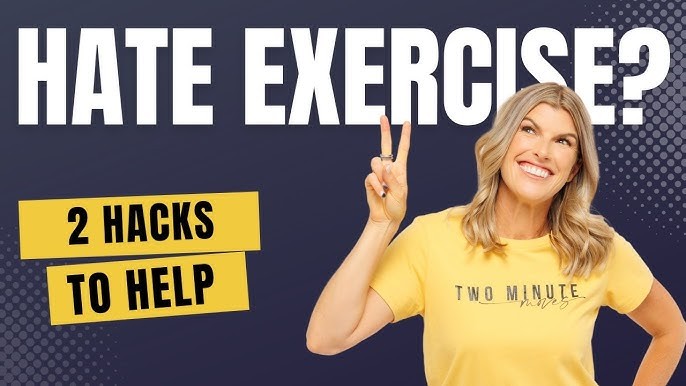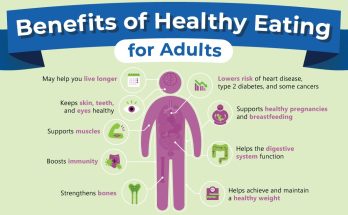For many people, the very word “exercise” triggers feelings of dread. It conjures up images of long hours at the gym, repetitive routines, or the pressure of keeping up with high-intensity classes. When movement feels like a chore rather than something enjoyable, it is easy to avoid altogether, even while knowing the health benefits it brings. But the truth is that disliking traditional forms of exercise does not mean you are destined to lead a sedentary lifestyle. The challenge is not the activity itself but often the framing—viewing exercise as punishment or obligation rather than as an opportunity to care for the body. Reframing movement as something flexible, personal, and enjoyable opens the door to better health without forcing you into routines you despise.
One of the most powerful shifts is to stop thinking of exercise solely as workouts and start viewing it as movement. Walking to a café instead of driving, playing with children or pets, gardening, or even dancing around the house all count as physical activity. These may not feel like structured workouts, but they still engage muscles, elevate heart rate, and improve circulation. In fact, consistency with these smaller, enjoyable movements often does more for long-term health than sporadic, intense sessions at the gym. For busy professionals, this perspective is particularly helpful. Movement woven into the flow of the day feels less like an interruption and more like a natural rhythm, much like how strong business practices are built into daily operations rather than treated as isolated tasks.
Another important step is exploring different kinds of activities until something resonates. Many people assume exercise has to look like running on a treadmill or lifting weights, but the options are far broader. Hiking, yoga, cycling, martial arts, recreational sports, or group dance classes all provide different ways to stay active. Someone who hates lifting weights may discover they enjoy the meditative flow of yoga, while another who finds jogging boring may thrive in the energy of a tennis match. The key is to experiment without judgment and to recognize that enjoyment is a perfectly valid criterion when choosing how to move. Just as professionals gravitate toward career paths that align with their strengths and interests, individuals are more likely to stay active when they choose activities that feel rewarding rather than obligatory.
Reframing the purpose of movement also makes a difference. When exercise is linked only to weight loss or appearance, it often creates pressure and resentment. But when the focus shifts to how movement makes you feel—more energized, less stressed, better able to concentrate—the motivation becomes more intrinsic. This shift mirrors professional motivation: projects pursued only for external validation often lead to burnout, while those driven by purpose and alignment are easier to sustain. Viewing exercise as a way to manage stress, improve sleep, or sharpen focus reframes it as a tool for better living, not as punishment for what you ate or how you look.
Starting small is often the most effective strategy for those who dislike exercise. Ten minutes of stretching in the morning or a short walk after lunch may seem minor, but these small actions build momentum. Over time, they create a foundation that can expand into longer or more varied activities, often without the sense of resistance that comes from diving into an intense routine. This approach is similar to starting new initiatives in business: pilot projects begin small, gain traction, and then scale into larger systems. By giving yourself permission to start modestly, you reduce the intimidation factor and increase the likelihood of consistency.
Environment and accountability also matter. Exercising alone in a setting that feels uncomfortable can reinforce dislike, whereas engaging with a community or even just one supportive partner can make movement more enjoyable. Group walks, online classes, or fitness communities provide social connection that makes the experience less about exercise and more about shared activity. This reflects the same principle seen in workplace culture: the people around us often shape our experience more than the task itself. When movement is tied to connection and encouragement, it stops feeling like a chore and starts feeling like a part of life worth looking forward to.
Finally, it is worth acknowledging that rest, recovery, and pacing are just as important as the activity itself. Many people dislike exercise because they associate it with overexertion or discomfort. Pushing too hard too soon leaves the body sore and the mind discouraged. Instead, respecting your current level of fitness and progressing gradually helps ensure that movement feels manageable and even enjoyable. The goal is not to compete or perform but to sustain a lifestyle that supports energy and resilience. This philosophy is not about lowering standards but about aligning actions with long-term sustainability, much like pacing growth in business to avoid burnout and collapse.
At its core, the solution for those who hate exercise lies in redefining what exercise means. It does not have to be about gyms, equipment, or grueling schedules. It can be about finding ways to move that feel natural, enjoyable, and sustainable. Whether it is a daily walk, a weekend bike ride, or dancing to music in your living room, the key is consistency and mindset. For professionals, this reframing aligns health with productivity: when movement supports focus, reduces stress, and builds energy, it becomes an asset rather than an obligation. By letting go of the narrow definition of exercise and embracing movement in all its forms, anyone can build an active lifestyle that feels both manageable and meaningful.
Would you like me to also prepare a shorter 400–500 word version of this article that you could use as a professional wellness insight in newsletters or on LinkedIn?



